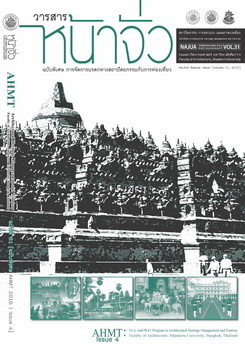Ancient Ruins and their Landscape Settings
Keywords:
Landscape, landscape history, ancient ruins, public policy, Southeast AsiaAbstract
The paper examines two major aspects of the history of ruins of Southeast Asia, noting that for the most part these are ruins of religious monuments. The first part explores the question of the landscapes—mostly urban—in which those monuments might have been set in their respective “golden ages,” and also the subsequent landscape histories of those sites as they were variously abandoned, destroyed, or forgotten, then subsequently rediscovered. The second area of review applies to the policies and practices that followed rediscovery or new interest, whether archaeological or touristic (and thereby economic). The finding here is that, seemingly invariably, there have been landscape “restorations” along Western lines, to create new, attractive settings to charm the tourist but with little regard for what might have been the historic landscapes and cultural practices of the sites in their own eras. The only alternative to this beautification seems to have been neglect. The suggestion is that management practices need reform to emphasize interpretation of site histories, thereby establishing an educative role for the sites; at best, there would be efforts to interpret the historic landscape practices of the societies
that built and used these places at the climaxes of their histories.





